
The UPI way: Cardless cash withdrawal at ATMs
28 Nov 2022
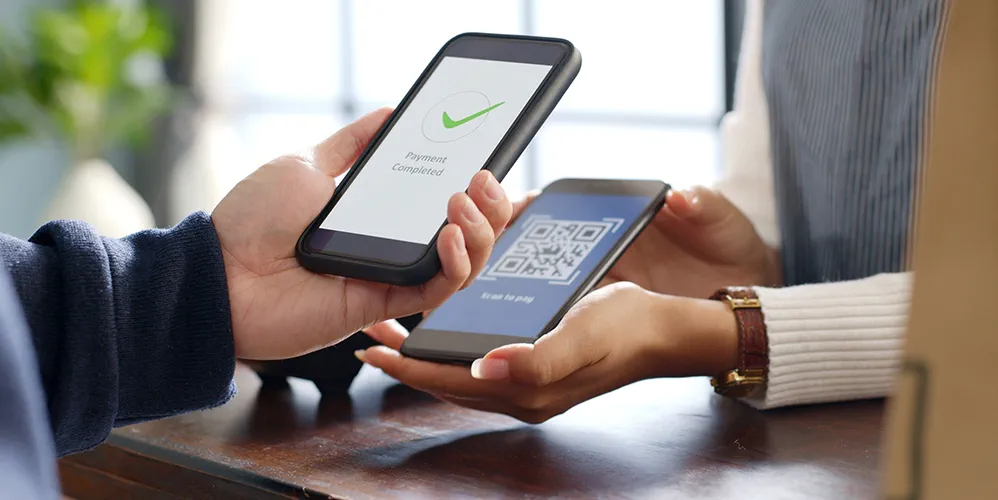
Table of Content
-
Cardless cash withdrawal at ATMs – Latest Update
-
How does UPI Works?
-
What do you need to make a UPI transfer?
-
Third-Party apps with UPI features
-
What else should you know about UPI features?
-
What is UPI Interoperability?
-
Are UPI cashless transactions secure?
-
Why is UPI Payment Favoured for Its Convenience?
-
UPI Future Goal Setting
Cardless cash withdrawal at ATMs – Latest Update
In April 2022, the Reserve Bank of India (RBI) announced cardless cash withdrawals at ATMs bringing the country under a Unified Payment Interface (UPI). This move has allowed cardless cash withdrawal from smartphones giving users the freedom to pay and transact without having to deal with cash at all. Indian banks switched to new technology in the early 1990s through internet banking and reinvented themselves. With the popularity of internet banking, banking apps were developed which eased cardless cash withdrawals and transfers. UPI transactions flourished during the COVID-19 pandemic and opened gateways into a cashless world. UPI cash withdrawals are making digital payments so much a part of everyday life that leather wallets are heading towards extinction. The behavioural readiness, particularly with the RBI legitimising UPI transactions, has cut across generations to accept this transition through their smartphones.
How does UPI Works?
A Unified Payments Interface (UPI) is created by the National Payments Corporation of India (NPCI) and the Reserve Bank of India (RBI) oversees its operation. UPI links all bank accounts to the user's smartphone enabling easy transactions. This single window real-time payment system allows cardless cash withdrawal without the IFSC code or the account number. Funds are instantly credited in real time after the user enters a Virtual Payment Address (VPA).
What do you need to make a UPI transfer?
- Access to the internet
- Smartphone
- Active bank account
- Connection of the smartphone with the bank account
Third-Party apps with UPI features
The widespread popularity of UPI has taken over digital payment methods and funds can be transferred on other third-party apps with UPI features that include:
- BOB UPI
- SBI Pay
- iMobile
- Axis Pay
- Google Pay
- PhonePe
- Paytm
etc.
What else should you know about UPI features?
Faster Payment Than IMPS:
The RuPay payment allows different banks to connect and transfer funds with improved features near upstaging Immediate Payments Service (IMPS).
UPI Transaction:
You can initiate payments for food, merchandise etc. by scanning QR codes.
Withdraw Cash Without Card:
Instead of swapping the debit card in the ATM, a UPI-enabled ATM allows cardless ATM withdrawal with a QR code scanned by the smartphone UPI app.
What is UPI Interoperability?
This is another way to make successful UPI payments for example, when you use the BOB UPI, select the UPI payment option. You can enter the recipient's phone number and UPI Pin or scan the QR code and transfer funds directly to their account. Receiving money is also easy. Share the UPI ID or the phone number connected with the UPI app and bank account. RBIs latest directive spreads interoperability across all ATMs for UPI cardless withdrawal. Making and accepting payments will be enabled for all mobile apps.
Are UPI cashless transactions secure?
Mandar Agase of Sarvatra Technologies says the pin-based requirement of UPI payments makes them highly secure. Fraud and gaffes in real-time payments are caused by social engineering. As UPI penetrates deeper into core areas, countrywide awareness is mandatory. After The COVID-19 pandemic, the value of cardless cash withdrawal has become a reality. Though things have normalised and reversed, the UPI transaction is a future reality.
Why is UPI Payment Favoured for Its Convenience?
\UPI transaction has made their presence in the financial landscape touching the smallest mandi vendor, to the affluent mall shop owner. Reaches out to tier I -tier III cities, towns, districts and villages, the payment convenience is undeniably hassle-free and has caught the attention of the millennials and gen Z. In the words of Narasimhan of Worldline India, it is the sheer convenience of UPI which is breaking all barriers and emerging strongly as a new payment solution provider.
UPI Future Goal Setting
- UPI transactions have taken a quantum leap, jumping from 20 per cent of all retail payments to a projected 65 per cent by 2026.
- A BCG report states that digital payment which includes retail UPI payments, both Business to Business payments and government payments will exceed the current $3 trillion (Rs. 226 lakh crore) to $10 trillion (nearly Rs 800 lakh crore) by 2026.
- Credit card linkage and international remittance will include smaller geographies.
- Future goals are set for a cashless financial ecosystem globally.
- Two third-party global apps, Google Pay and PhonePe will face reducing the volume of the transaction as per NCPI guidelines.
- IVR (interactive voice response) will link UPI with the bank account and recipient’s mobile number benefitting smaller geographies says Dewang Neralla, CEO of NTT Data Payment Services India.
- UPI will include high net-worth individuals (HNIs) for high-value transactions over NEFT in the future. UPI will top its present one-to-one with one-to-many and many-to-many transfers, says Rahul Chari, Co-founder and CTO of PhonePe.
- Till now UPI payment functions on zero merchant discount rate (MDR), the future however will see reasonable MDR for UPI.
- UPI credit linkage will stir credit expansion creating new credit limits for smaller ticket sizes.
- UPI will build cross-border P2P and P2M mobile payment solutions across global markets.
Looking for cardless cash access? Visit an ATM near here to try UPI withdrawals
Popular Articles
Guide to Getting Agriculture Loan: Application, Eligibility & Required Documents
Tag Clouds
Related Articles
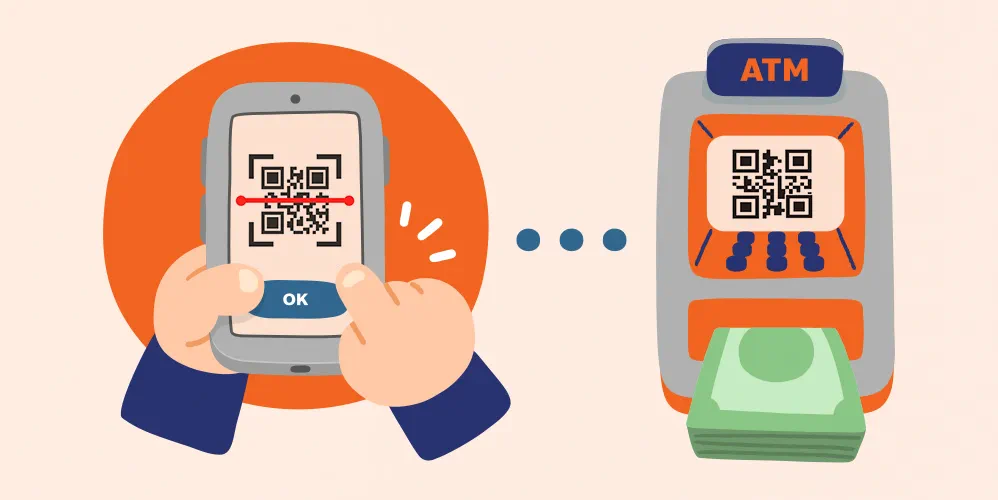
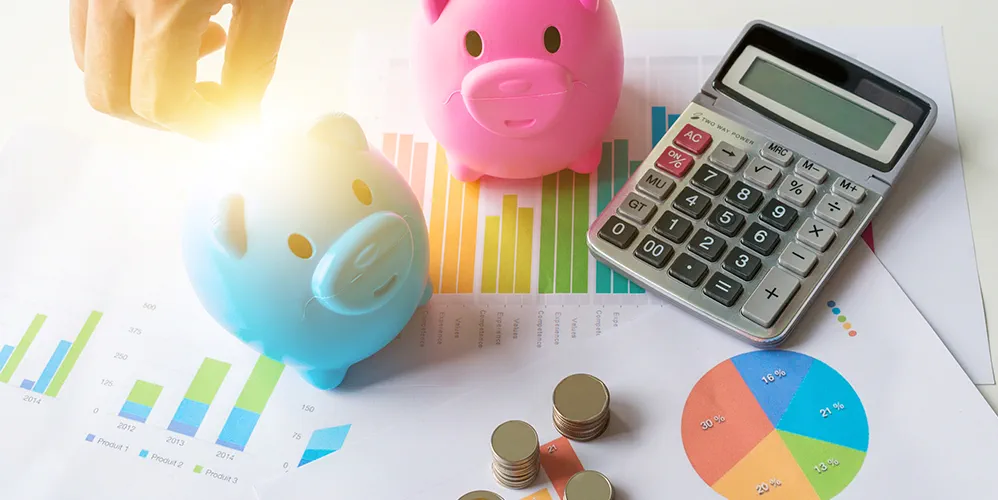
Increased Interest Rates for Senior Citizen Savings Schemes, KVP, NSC & Post Office Time Deposits
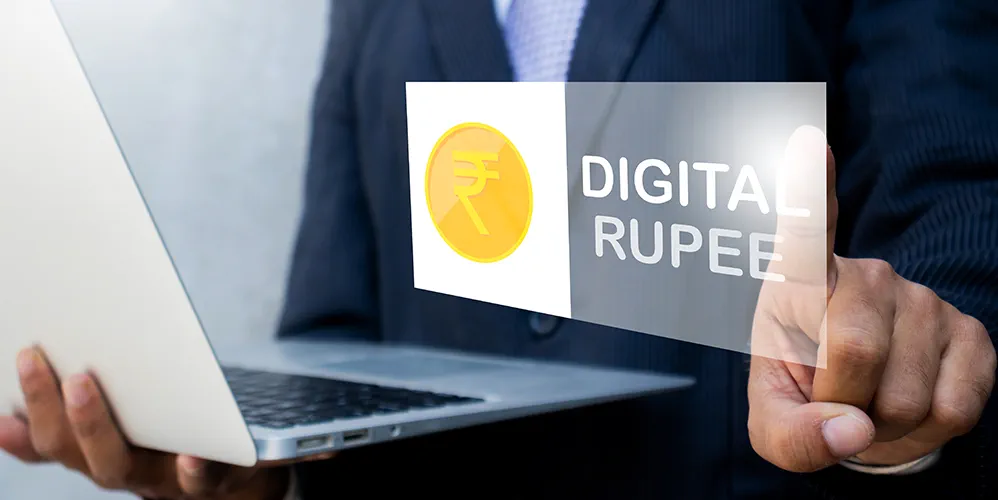



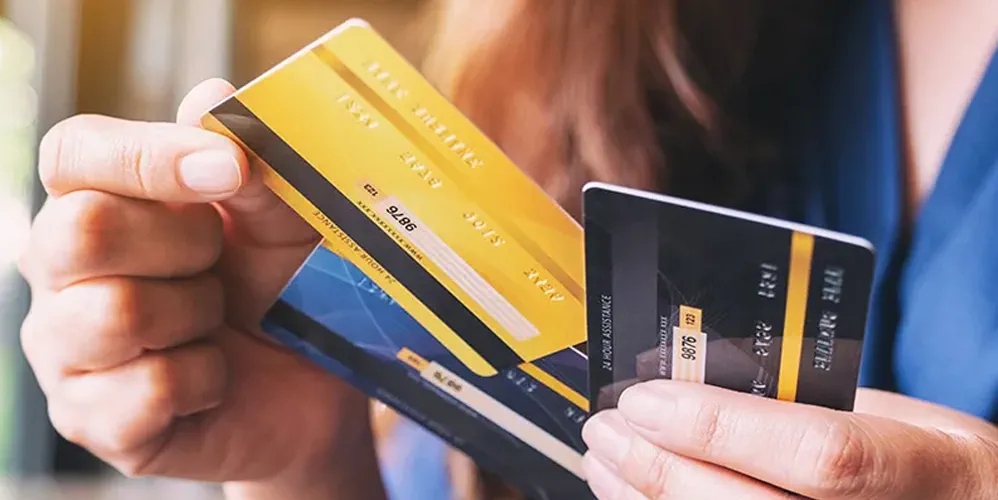
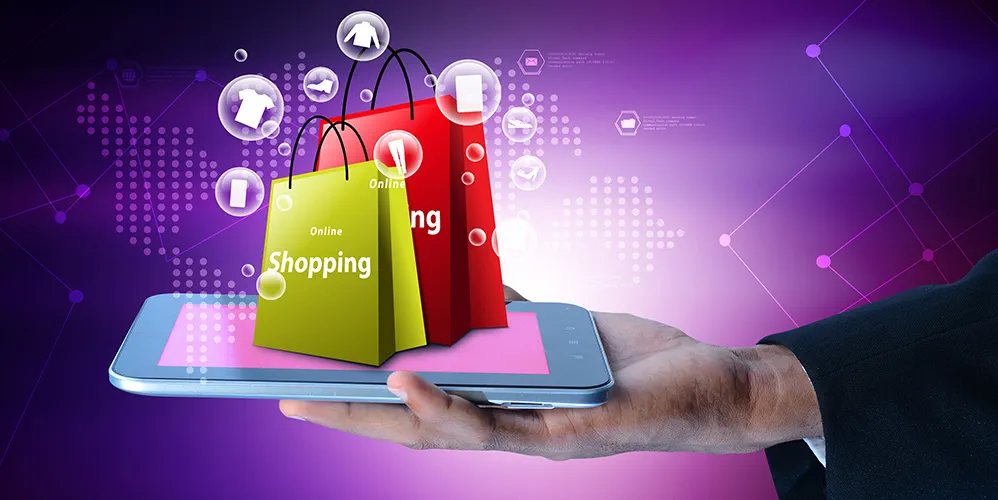

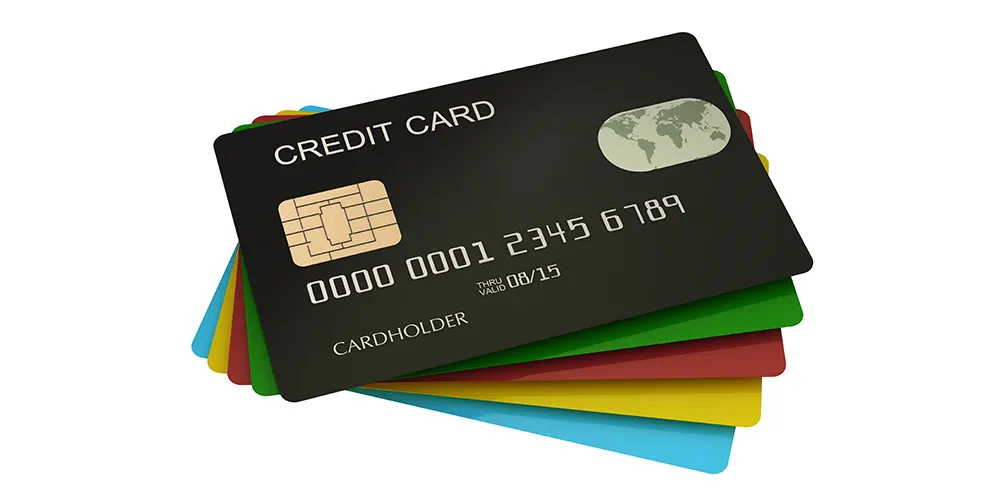
-
Disclaimer
The contents of this article/infographic/picture/video are meant solely for information purposes and do not necessarily reflect the views of Bank of Baroda. The contents are generic in nature and for informational purposes only. It is not a substitute for specific advice in your own circumstances. Bank of Baroda and/ or its Affiliates and its subsidiaries make no representation as to the accuracy; completeness or reliability of any information contained herein or otherwise provided and hereby disclaim any liability with regard to the same. The information is subject to updation, completion, revision, verification and amendment and the same may change materially. The information is not intended for distribution or use by any person in any jurisdiction where such distribution or use would be contrary to law or regulation or would subject Bank of Baroda or its affiliates to any licensing or registration requirements. Bank of Baroda shall not be responsible for any direct/indirect loss or liability incurred by the reader for taking any financial decisions based on the contents and information mentioned. Please consult your financial advisor before making any financial decision.
3 New Credit Card Rules from 1 October: How it will Impact You
The digitisation of payments has increased credit card penetration in the country. No doubt, up to 50 days interest-free credit period on all Bank of Baroda credit cards, with added advantages like reward points, welcome perks, complimentary services, etc., have been behind this phenomenal surge. However, with this growth, there has been an increase in credit card misuse and fraud. To protect customer interests and take stringent actions, RBI has announced the following regulatory changes in the credit card policy w.e.f 1st October 2022.
How Tokenization Will Change Your Online Purchase
Making digital payments and paying for your online purchases will be very different from what you have done up until now. This is because, according to the Reserve Bank of India (RBI) standards, no online platform or payment gateway will be able to save credit card information in its entirety from October 1. This is what card tokenization is. Other aspects of online transactions via cards will stay the same and you will use your credit or debit card to pay for your purchases. So, what will change, indeed? What is tokenization in effect? Continue reading to learn more.

